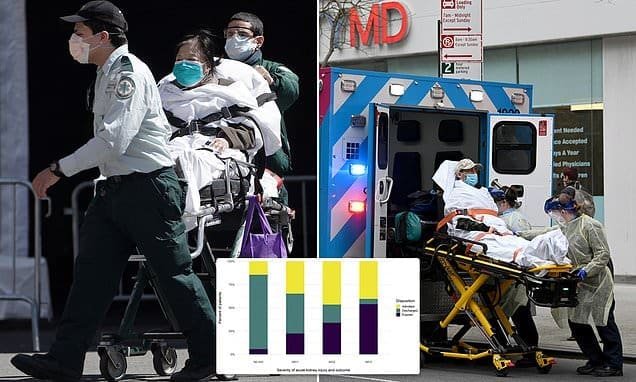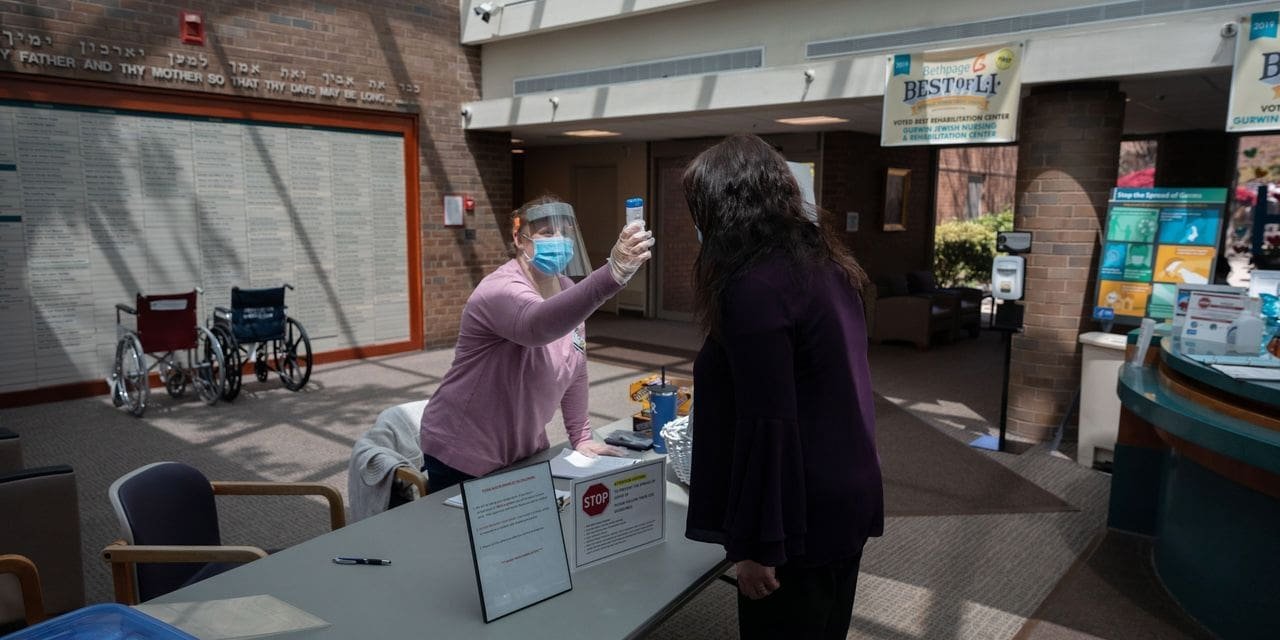N.L. marks 1st day in new stage of reopening plan with zero new cases of COVID-19
Municipal parks are open for walking, Robin Hood Bay residential drop-off operations slowly resume in St. John’s, small offices are opening — but things are still far from usual operations today.

For a fourth straight day Monday, Newfoundland and Labrador reported no new cases of COVID-19, keeping the total number of cases at 261.
With 244 people having recovered from the virus, the current active caseload stands at 14 for the fifth straight day. As of Monday’s briefing the province has tested 9,900 people — 79 in the last 24 hours.
The province has moved to Alert Level 4 of its phased reopening plan, starting a 28-day assessment period as it looks ahead to potentially moving to Level 3 at some point in June.
“This has come to fruition because of the incredible perseverance and commitment we have collectively demonstrated over the past two months,” said Dr. Janice Fitzgerald, the province’s chief medical officer of health, during Monday’s COVID-19 briefing.
“While moving to the next level is indeed a positive thing, I can’t emphasize enough the importance of proceeding with extreme caution as we gradually lift some of the public health measures in place.”
Watch the full May 11 update:
The province now allows 10 people, including the officiant, at funerals and weddings, but Fitzgerald reminded the public that this is not for dinner parties, backyard gatherings or casual events. Wakes and visitations are still prohibited.
Municipal parks are open for walking through, residential garbage drop-off is slowly resuming at Robin Hood Bay in St. John’s, some small offices are reopening — but things are still far from usual operations.
Despite changes at municipal parks, Parks Canada issued a reminder Monday that its sites are still closed throughout the province until at least May 31 — so that means no access over the Victoria Day holiday weekend.
“We are working diligently to plan for resuming visitation at some locations,” the agency said in a press release Monday.

On Thursday, the province reported two new cases of COVID-19 located within the Eastern Health region. Fitzgerald said one was related to the Kearl Lake, Alta. outbreak while the other was still under investigation.
Fitzgerald said there was no obvious source identified with that case on Monday. However, all contacts had been traced in connection to that case and tests have come back negative.
The future
Public health officials will continue to monitor COVID-19 through each alert level to determine when restrictions can be relaxed or strengthened. Fitzgerald said several factors will be considered before any decisions are made, including the number of new cases of the virus, the amount of community transmission and health-care capacity to effectively treat a surge.
Further to Monday’s change in alert levels, the province’s four regional health authorities will now look to restart elective procedures. Health Minister John Haggie said the first wave of the virus has passed, but the public must keep in mind that a second wave is likely coming. Haggie said it will not be business as usual for the regional health authorities, as they will need to reserve some capacity to handle any surge of new cases.
Haggie said he has noticed already a push from the public to move faster toward Alert Level 3 and beyond. But with Victoria Day weekend approaching, the health minister still has concerns about public gatherings.
“We did well with Easter. But it took us two weeks to find that out.… We won’t know how well we’ve done until early June,” he said.
“We need to pace ourselves. Because if we run, we trip, and we don’t need to do that. We’ve seen that in other jurisdictions.”
The province’s travel ban remains in place. All non-essential travellers are prohibited from entering the province under an order issued a week ago by Fitzgerald. Primary residents or people travelling for work are permitted to enter. Those who are relocating for work or for the purposes of taking care of a family member with health needs can file for an exemption.
Fitzgerald said around 2,000 requests for exemption have been filed so far.
Large groups
The weekend saw a large protest from fish harvesters gathering in the hundreds, which drew the attention of the public not because of the protest itself, but due to concerns over physical distancing measures.
When asked on Monday how public health could contact trace such a large group of people if somebody present was COVID-19 positive, Fitzgerald said the province would begin with close contacts and then branch out to the group itself by contacting organizers to find out who was there.
If that doesn’t work, Fitzgerald said she would have to issue a notice for anyone who attended to self-isolate for 14 days and present themselves to public health for follow up.
Meanwhile, all of the 99 staff at the Health Sciences Centre in St. John’s, who had contact with a COVID-19 patient and went into self-isolation as a result, have tested negative for the virus. None are feeling unwell, Fitzgerald said.
As of Monday morning, a total of 217 health care staff are in self-isolation across the province.





Recent Comments